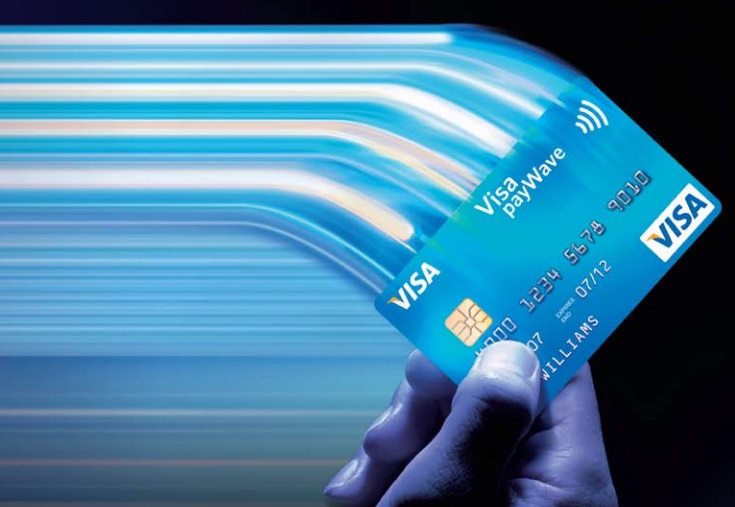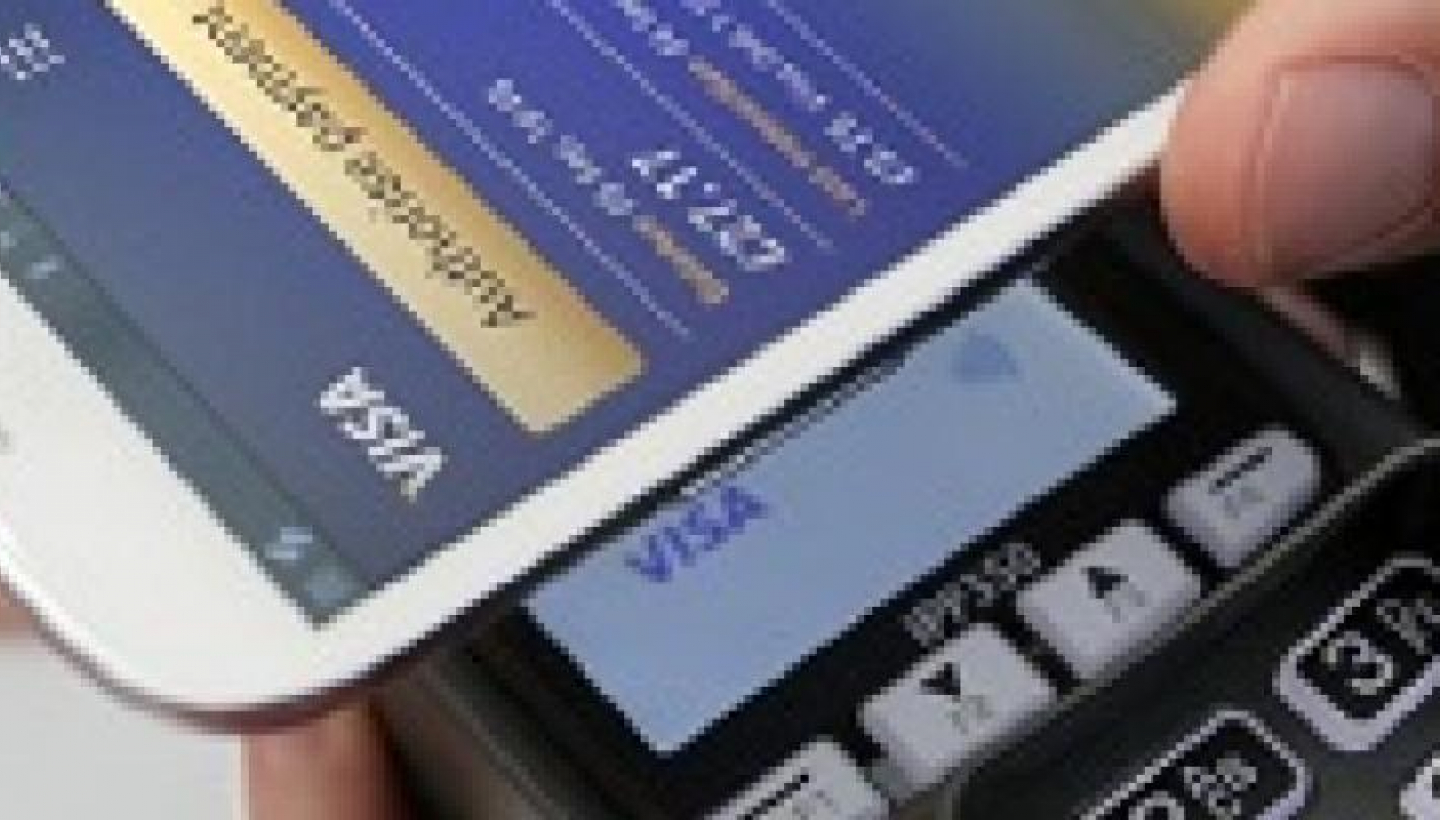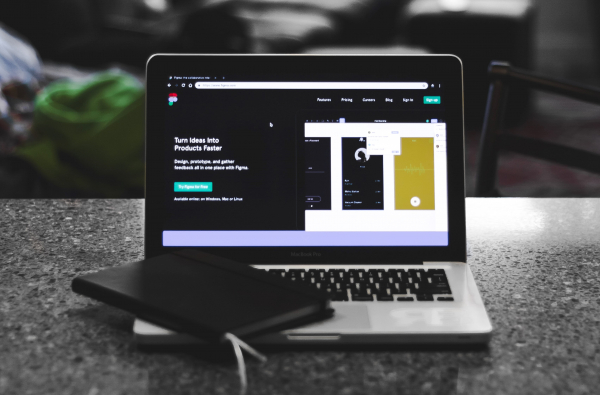Nearly 400 million consumers worldwide already use their mobile phones to make purchases, and the number continues to grow. A study by the Juniper Research consulting group confirms that over the next five years, mobile phone payments will multiply by seven and will exceed $180,000 million in 2017.
The mobile payment or m –payment is a method by which we use our mobile device to pay either online or in a store. The latter are called proximity payments and include various types: SMS, using integrated credit cards or by use of a web -enabled browser on the phone. One of the methods with the most potential is through NFC technology (Near Field Communications) in which we place the device near a point of sale terminal.
However, a study by the Gartner consulting firm states that these payments have been reduced by more than 40% due to the slow adoption of NFC technology in all markets in 2012, and the fact that some high-profile services such as Google Wallet and Isis "are struggling to gain traction." "Globally, people are not buying as much with their mobile devices because the shopping experience has not yet been optimized," indicates the report.
The consulting group expects that payments through NFC will involve only 2% of the totalmobile phone purchases in 2013 and the figure will slightly increase to 5% in 2017. Beginning that year, however, further growth is expected to increase with the implantation and usage of mobile devices and NFC technology.
Nevertheless, mobile payment transactions in general will reach $235,400 million in 2013 (about 117,000 million euros) worldwide, representing an increase of 44% over the past year. More and more clients use this service since its transaction costs are lower than traditional banking services. Gartner predicts that by 2017 mobile transactions will represent almost 69% of the total value.

Using mobile phones to make payments in Spain
Estanis Nicholas de Martin, CEO of PayPal Spain and Portugal, explains, "The mobile payments business is booming worldwide and is more and more present in the purchasing process for Spaniards." The last report that Forrester Consulting company developed for this data for the first quarter of 2013, shows that 13% of Spaniards already use mobile devices to shop.
In reference to the most common mobile devices used to make payments, according to the 'zanox Mobile Performance Barometer 2012', the majority of consumers in Spain make purchases by using a mobile with Android, which is an exceptional case in Europe, where payments with Apple iOS devices dominate.
It is interesting that Spain was where the first European initiative to promote NFC payments in bulk was launched. It occurred in Sitges, Barcelona, in 2010 and involved 1,500 users and 500 stores. The "Mobile Shopping Sitges 2010" project was the first to be conducted in a real scenario in Europe and with such a large volume of participants. Despite the initial push, the NFC payment system seems to have stopped and continues without taking off in Spain.
However, mobile operators understand and have shown a willingness to push this method of payment. At the XXVII Telecommunications Meeting held in September 2013 in Santander, Vodafone assured that this fall the Vodafone SmartPassen, in collaboration with Visa, will be launched and at the end of the year will open this platform to more credit cards and entities.
Meanwhile, José María Bolufer, director of product and business development at Telefónica, notes that the vision of the operator is to expand the concept of a 'digital wallet' to make more than just payments. "We want to be a container where we store everything we have in our physical wallet: our receipts, offers, coupons and credit cards," stated Bolufer.
Orange, on the other hand, has created an alliance with MasterCard to develop NFC payments, another one of its goals for 2013. The company estimates that in 2015 transactions will be made via NFC technology worth $ 74,000 million (56,000 million euros) and that in 2016, 85% of payment terminals will accept contactless payments.



